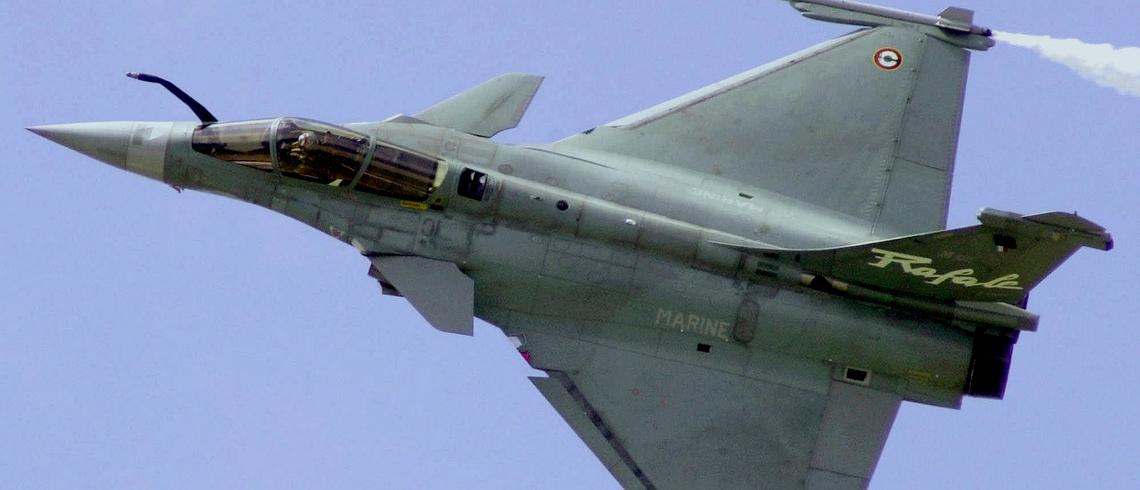Pakistan and India, have been locked in various disputes, primarily on the status of Kashmir, since the two countries gained their independence from the British in 1947.
The two have fought four wars, costing tens of thousands of lives, and constant border skirmishes force a tense political atmosphere to linger between the two states.
Continuing tensions have pushed Pakistan to purchase Chinese J-10C fighter jets, according to Muhammad Athar Javed, a defence analyst and the Director General of Pakistan House, a Denmark/Pakistan-based think tank on international affairs, whose sources in the Pakistani government confirmed Islamabad’s procurement of the warplanes.
While there is no official confirmation from Islamabad, Ejaz Haider, a Pakistani military analyst, also says that “the purchase has been made and the first batch will fly on 26th March, which is Pakistan’s Republic Day,” according to multiple reports.
The primary threat against Pakistan comes from India, resulting in wars and conflicts, says Haider, reminding us that the most recent escalation happened in Feb 2019 “when India aggressed against Pakistan.”
Why now?
“India operates the French Rafale and the capability is boosted by the Russian S-400 A2-AD system. As a result, that threat has to be tackled not just in relation to intentions but also capabilities. Pakistan cannot afford to allow major asymmetries in relation to its adversary,” Haider tells TRT World, explaining why Pakistan is making the purchase.
In July, the Indian defence ministry announced its purchase of 36 Rafale fighter jets from France. Interestingly, Pakistan will also procure 36 warplanes from China, suggesting it’s a direct retaliation against New Delhi’s move.
“Pakistan’s F-16 fighters are aging already and Pakistan’s own JF-17 Thunder is in the making. We actually needed to create a deterrent to face India’s purchase of Dassault Rafale,”
Why Chinese jets?
China is a close ally of Pakistan due to various clashing points between Beijing and New Delhi across South Asia as Asia’s two major powers compete with each other to secure their political and economic interests in the strategically vital region.
This equation means Pakistan and China share plenty of common ground on a number of issues, developing strategic ties and increasing military cooperation. But there are also other reasons for Pakistan’s purchase of Chinese jets.
“Pakistan Air Force needs a 4.5 generation multirole fighter. European fighters are very expensive and the US is not an option because of suspension of security assistance with Islamabad, despite Pakistan being nominally a Non-Nato Ally,” Haider says.
“Pakistan faces remarkable sanctions from the US despite its purchase of F-16s,” Javed says. As a result, like Turkiye, Pakistan has moved to create indigenous solutions to develop its military hardware in the face of US opposition, he says.
Even operating F-16s is problematic for Pakistan be


Comment here